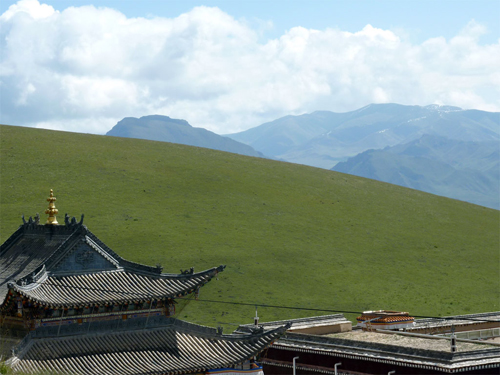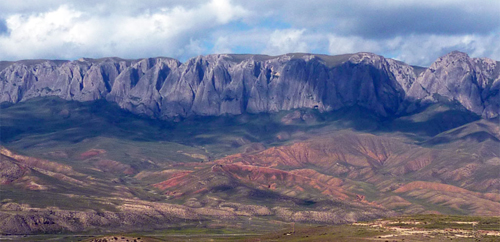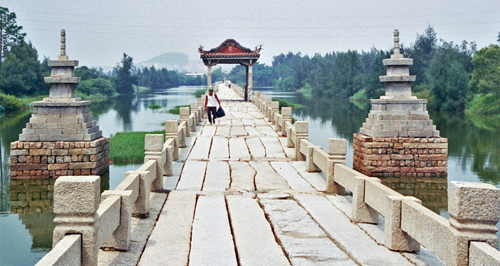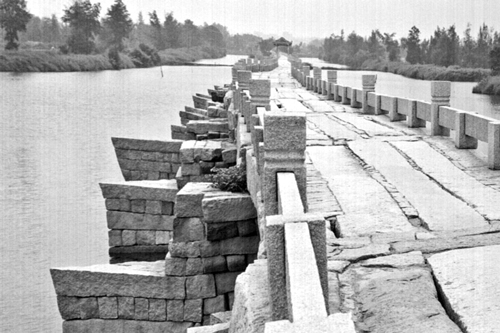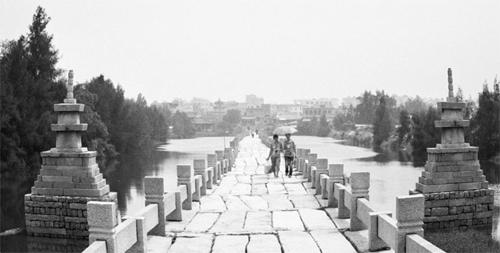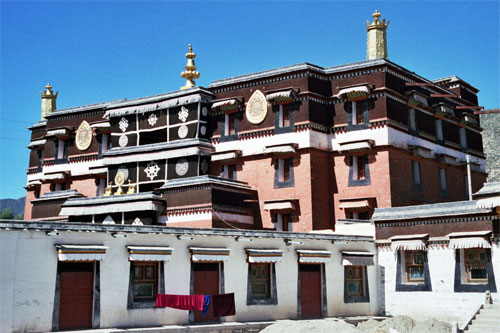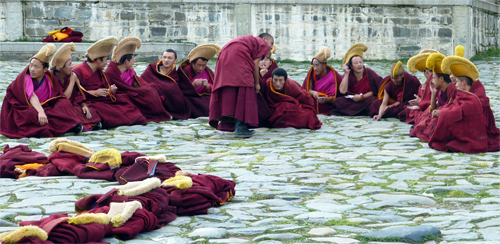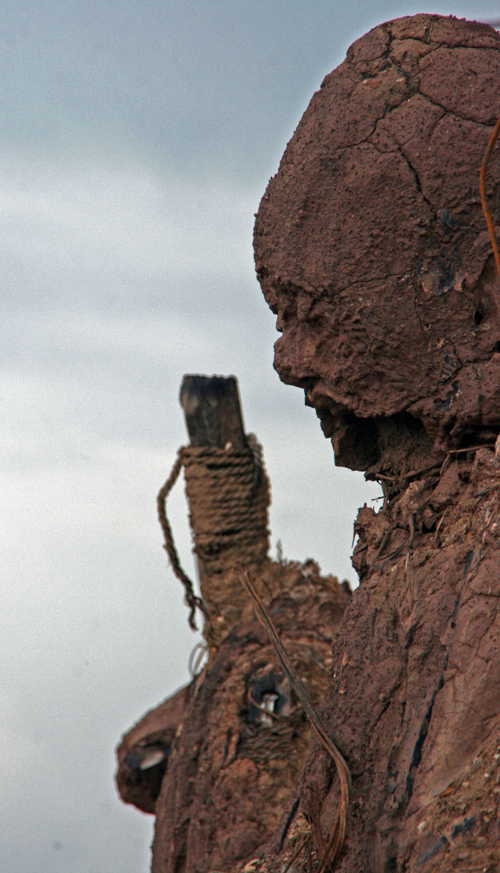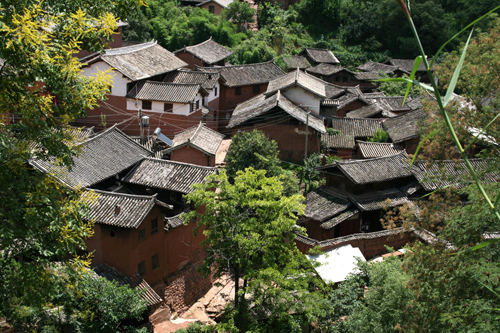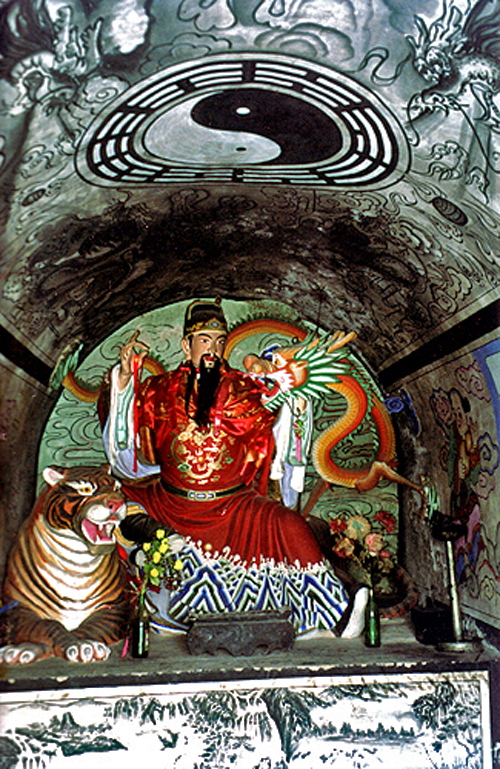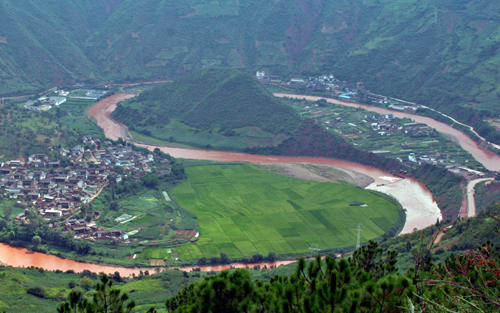Beijing Coma (北京植物人) Mǎ Jiàn (马建) A Book Review
Beijing Coma Mǎ Jiàn A Book Review. This book should come with a health warning: unsuitable for first-time visitors to China, for they may well decide to cancel their trip. Even old-time China-lovers, such as myself, should proceed with caution, as some of the things you’re about to read may put you off going back there forever!
“ ‘They aren’t evil, they’re just products of an evil system.’ ”
Having suffered through some graphic descriptions of the unspeakable suffering, and the cruelties Chinese people inflicted upon each other during the Cultural Revolution; having shuddered at the inhumane way the death penalty is carried out and gasped at its utterly immoral connection to organ transplants, I found I had to keep repeating the words Dai Wei, the protagonist, says to his girlfriend, Tian Yi, as if they were a kind of mantra: “ ‘They aren’t evil, they’re just products of an evil system.’ ” (p. 504).
Synopsis
Dai Wei is in a coma; unable to move a muscle, though aware of his surroundings and with his memory intact. Through his memories, he relives his life, from his early childhood, when his father returns from a 22-year stint in a series of reform-through-labour camps, to the fatal denouement at Tiananmen Square, during which he is shot in the head. At regular intervals, Dai Wei’s attempts to return to his past are interrupted by his awareness of present events – the visits of his girlfriend or friends, his mother’s comments – or interspersed with clinical observations on the deterioration of his own body, as he is after all a Biologist.
a traumatic first arrest for ‘immoral behaviour’
From his family history, childhood and adolescence, with a traumatic first arrest for ‘immoral behaviour’, we move gradually to his university days, first in Guangzhou and later in Beijing. At university, Dai Wei’s political awareness, a vague feeling of anger and frustration that until then had lain dormant, is shaken when he starts reading his father’s journals from his camp days.
children of parents who suffered greatly during the Cultural Revolution
Over time, he becomes increasingly keen to shake off the ‘stigma’ of being the son of a ‘rightist’ and to make a success of his life in a better society. Dai Wei and his fellow students, all children of parents who suffered greatly during the Cultural Revolution, vaguely imagine this society as a place with freedom of speech and thought, freedom from corruption and oppression and justice for all.
Continue reading “Beijing Coma Mǎ Jiàn A Book Review”

